Hogarth Press first edition book jacket designs
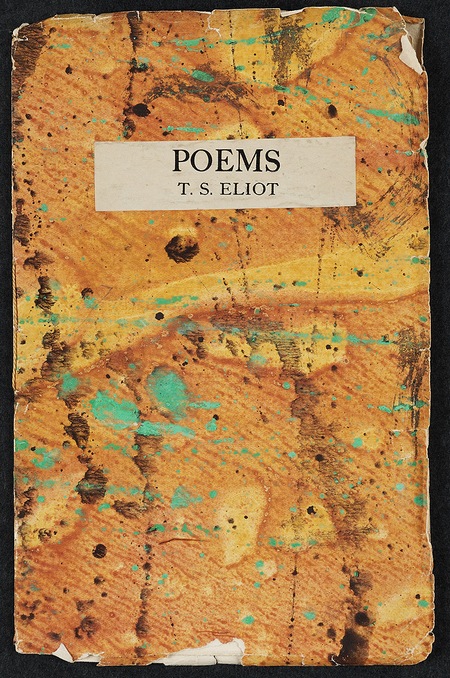
T.S. Eliot, Poems (1918)
This was the third publication of the Hogarth Press. It includes the poems ‘The Hippopotamus’, ‘Le spectateur’, ‘Mélange adultère de tout’, ‘Lune de miel’, ‘Sweeney among the Nightingales’, ‘Mr. Eliot’s Sunday Morning Service’, and ”Whispers of immortality’. All seven of the poems had appeared previously in the Little Review.
“In 1918 we printed two small books: Poems by T.S. Eliot and Kew Gardens by Virginia. Of Tom’s Poems we printed rather fewer than 250 copies. We published it in May 1919 price 2s. 6d. and it went out of print in the middle of 1920.
We took a good deal of trouble to find some rather unusual, gay Japanese paper for the covers. For many years we gave much time and care to find beautiful, uncommon, and sometimes cheerful paper for binding our books, and, as the first publishers to do this, I think we started a fashion which many of the regular, old established publishers followed. We got papers from all over the place, including some brilliantly patterned from Czechoslovakia, and we also had some marbled covers made for us by Roger Fry’s daughter in Paris. I bought a small quantity of Caslon Old Face Titling type and used it for printing the covers.
Caslon Old Style Titling Font
The publication of T.S.Eliot’s Poems must be marked as a red letter day for the Press and for us … Tom showed us some of the poems which he had just written and we printed seven of them and published them in the slim paper covered book. It included three remarkable poems which are still, I think, vintage Eliot: ‘Sweeney among the Nightingales’, ‘Mr. Eliot’s Sunday Morning Service’. and ”Whispers of immortality’.”
Leonard Woolf, An Autobiography
Hogarth Press studies
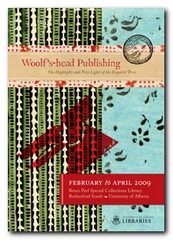 Woolf’s-head Publishing is a wonderful collection of cover designs, book jackets, and illustrations – but also a beautiful example of book production in its own right. It was produced as an exhibition catalogue and has quite rightly gone on to enjoy an independent life of its own. This book is a genuine collector’s item, and only months after its first publication it started to win awards for its design and production values. Anyone with the slightest interest in book production, graphic design, typography, or Bloomsbury will want to own a copy the minute they clap eyes on it.
Woolf’s-head Publishing is a wonderful collection of cover designs, book jackets, and illustrations – but also a beautiful example of book production in its own right. It was produced as an exhibition catalogue and has quite rightly gone on to enjoy an independent life of its own. This book is a genuine collector’s item, and only months after its first publication it started to win awards for its design and production values. Anyone with the slightest interest in book production, graphic design, typography, or Bloomsbury will want to own a copy the minute they clap eyes on it.
![]() Buy the book at Amazon UK
Buy the book at Amazon UK
![]() Buy the book at Amazon US
Buy the book at Amazon US
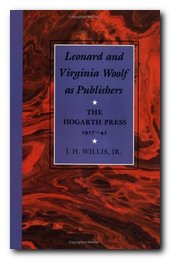 Leonard and Virginia Woolf as Publishers: Hogarth Press, 1917-41 John Willis brings the remarkable story of Leonard and Virginia Woolf’s success as publishers to life. He generates interesting thumbnail sketches of all the Hogarth Press authors, which brings both them and the books they wrote into sharp focus. He also follows the development of many of its best-selling titles, and there’s a full account of the social and cultural development of the press. This is a scholarly work with extensive footnotes, bibliographies, and suggestions for further reading – but most of all it is a very readable study in cultural history.
Leonard and Virginia Woolf as Publishers: Hogarth Press, 1917-41 John Willis brings the remarkable story of Leonard and Virginia Woolf’s success as publishers to life. He generates interesting thumbnail sketches of all the Hogarth Press authors, which brings both them and the books they wrote into sharp focus. He also follows the development of many of its best-selling titles, and there’s a full account of the social and cultural development of the press. This is a scholarly work with extensive footnotes, bibliographies, and suggestions for further reading – but most of all it is a very readable study in cultural history.
![]() Buy the book at Amazon UK
Buy the book at Amazon UK
![]() Buy the book at Amazon US
Buy the book at Amazon US
© Roy Johnson 2005
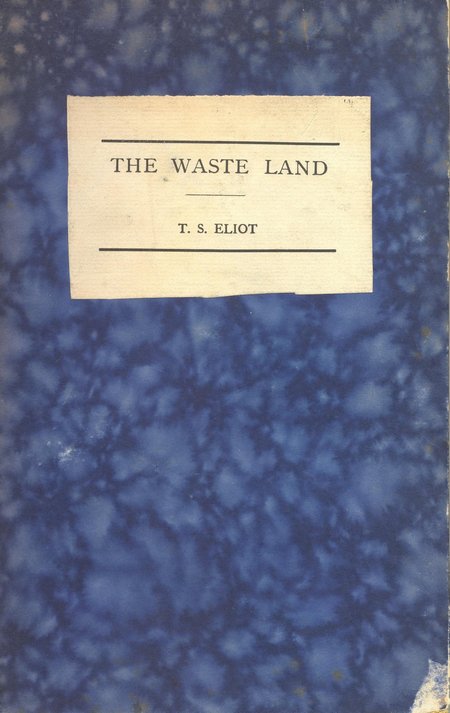
 T.S.Eliot (Thomas Stearns) was born in Saint Louis, Missouri in 1888. His father was a successful businessman, and his mother wrote poems. From 1898 to 1905 he attended Smith Academy where he studied French, German, Latin, and Ancient Greek. At the age of fourteen he began to write poetry, heavily under the influence of The Rubiyat of Omar Khayyam which enjoyed a vogue around that time. He published his first poem in the Smith Academy Record when he was fifteen.
T.S.Eliot (Thomas Stearns) was born in Saint Louis, Missouri in 1888. His father was a successful businessman, and his mother wrote poems. From 1898 to 1905 he attended Smith Academy where he studied French, German, Latin, and Ancient Greek. At the age of fourteen he began to write poetry, heavily under the influence of The Rubiyat of Omar Khayyam which enjoyed a vogue around that time. He published his first poem in the Smith Academy Record when he was fifteen.
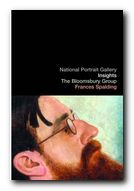 The Bloomsbury Group
The Bloomsbury Group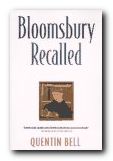 Bloomsbury Recalled
Bloomsbury Recalled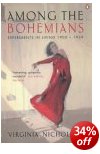 Among the Bohemians: Experiments in Living 1900—1930
Among the Bohemians: Experiments in Living 1900—1930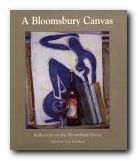 A Bloomsbury Canvas
A Bloomsbury Canvas